7 Tips for Creating New Lettering Styles. My top tips for drawing original letters to create new, complete alphabets and fonts!
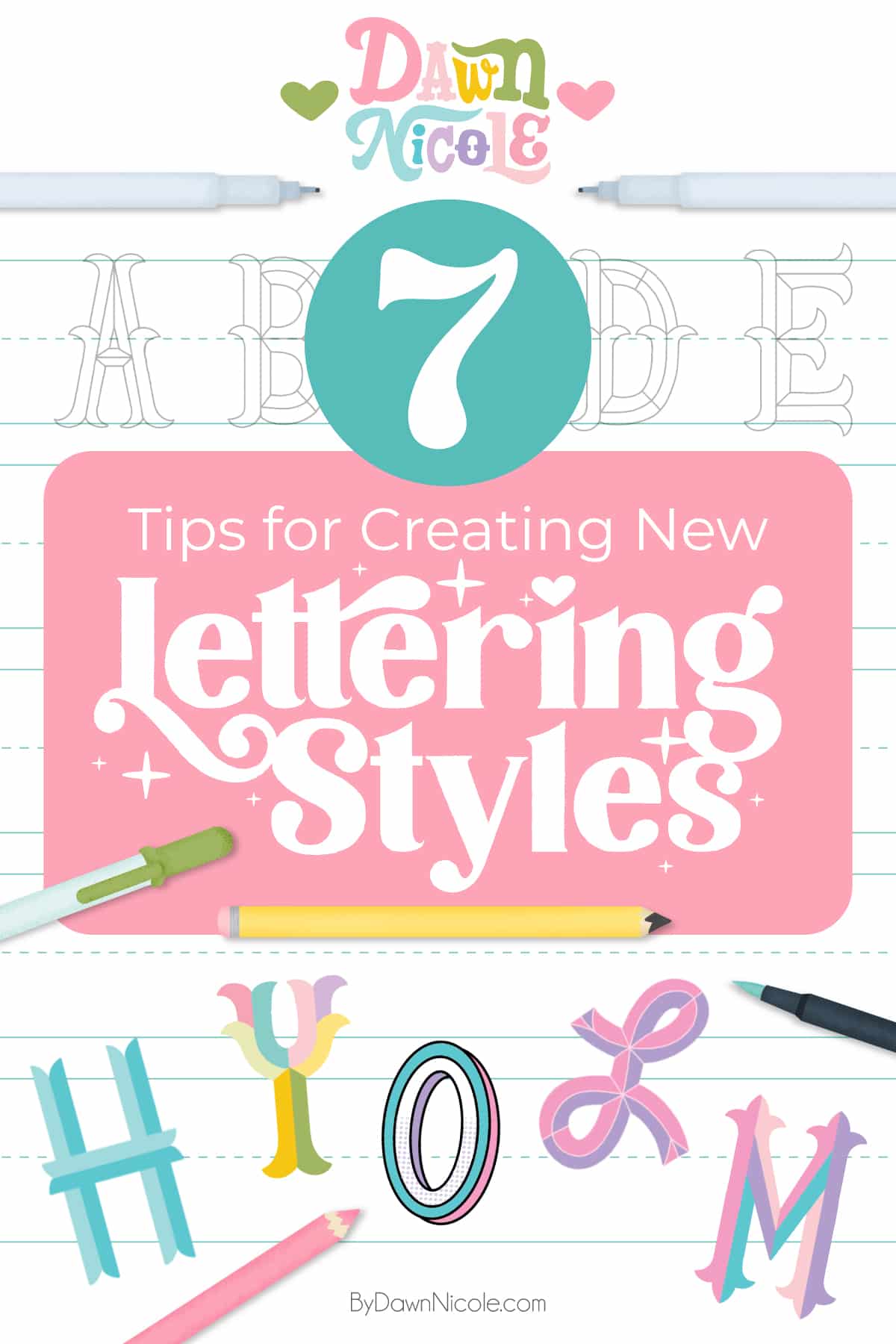
7 Tips for Creating New Lettering Styles
One of the main things I’ve focused on the past few years is coming up with original lettering styles to share in my books. Throughout 2025, I plan to help you develop this skill, too!
In each monthly newsletter, I’ll share a worksheet challenge for you to create a lettering style based on a single letter.
If that stresses you out too much, you can get the workbook and practice the style I’ve made for that month. I have all twelve months of 2025 planned out!
In January, the lettering style is a beveled serif called Optimist, so I’ll use this style to exemplify some of the following tips.
Lettering Style Challenge Videos (YouTube) →
No. 1: Gather Inspiration
Go shopping and sightseeing out in the real world. Online inspiration is excellent, too, but getting out and about can help you feel extra creative and inspired.
My favorite places are the Art Museum, bookstores, and grocery stores. That last one may seem weird, but I’ve found some of my best inspiration on spice containers, eggs, and coffee packages, especially in boutique and health market-style grocery stores.
One of my personal favorites? The Vital Farms Egg Cartons designed by Unpack’d below. (See more of their fantastic work for Vital Farms here.)
Snap photos while you’re out to add to your vision board for the next step.
No. 2: Create a Design Brief + Vision Board
Your design brief can be just a few sentences or bullet points. Questions you’ll want to consider for the brief include the following:
- Serif or sans serif? Display or decorative?
- Dimensional or flat?
- Black and white or colorful?
My design brief for the Optimist style:
- Style: Birfucated Serif with a Second Layer and Beveled Dimension
- Color: Colorblock with Alternate Options
- Design: Uppercase Lettering with Lowercase Heart-Tittle Letter i
- Style Name: Optimist
- Tagline: “A Beveled Colorblock Serif”
My vision board is typically a digital one-page collection of inspirational images, color palettes, sketches, sample letters, and anything else I want to reference as I create a new style.
For Optimist, I use two styles I designed for The Art of Playful Lettering as inspiration. I couldn’t find many beveled serif styles online, which is good. It meant I had to get a little extra creative, and it guaranteed an original result.
I like to make my vision boards cute and even update them as I complete the title style, but they certainly don’t need to be pretty unless, like me, you find that extra inspirational and fun to create.
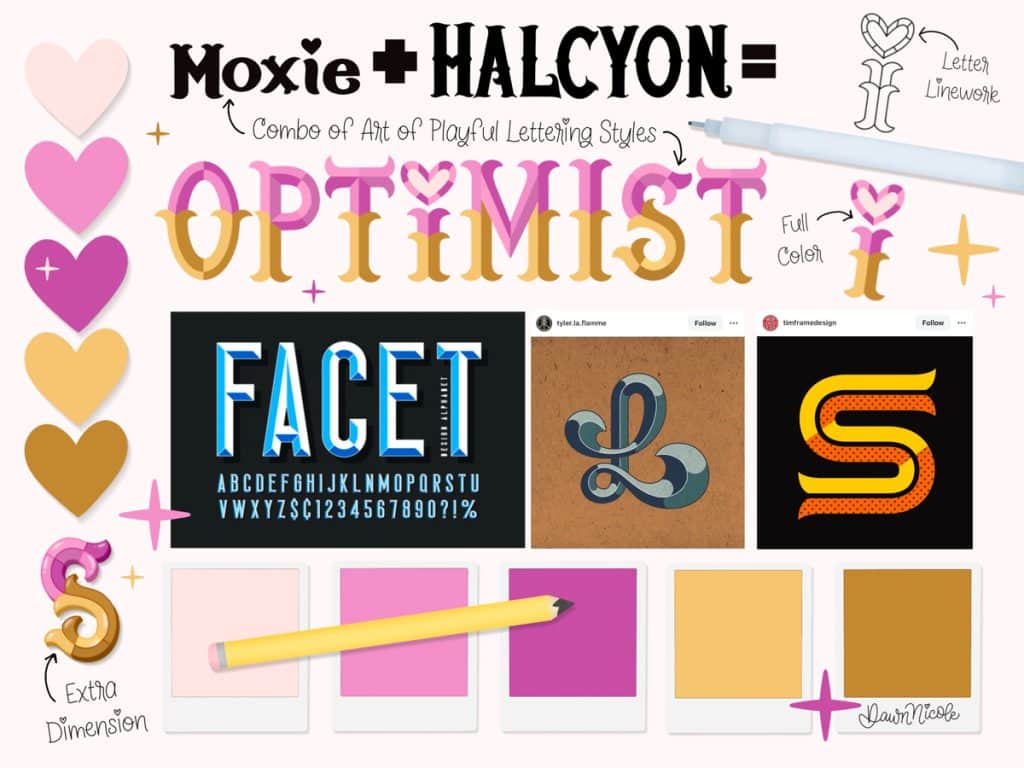
No. 3: Use a Single Letter as your starting Point.
This is my “secret” top tip for creating new lettering styles.
Almost all the original lettering styles I make start with using a single letter as my main inspiration. Sometimes, that’s a letter I draw based on various things. Other times, it’s a letter I saw in the real world or online.
If it’s a letter I saw somewhere, I study it and then move it out of sight. This helps prevent copying anything! It inevitably changes when I draw my version.
Next, I sketch out the rest of the alphabet based on the characteristics of that sole letter I drew first.
No. 4: Study and Refer to Classic & Well Designed Fonts.
Studying classic fonts will help you with particulars like Serif placement, angles, etc. Here are some of my personal favorites.
- Sans Serif: Avenir, Hevetica, Avant Garde, Century Gothic
- Serif: Adobe Garamond, Bodoni, Clarendon, Times New Roman
No. 5: Sit down and sketch the entire alphabet.
The hardest part is often getting started, so force yourself to sit down and sketch all the letters in one sitting. There is no need to be perfect; this is just the first round of sketching.
No. 6: Revise and Refine.
For round two of sketching, the main things I focus on refining are:
- Consistency of the Letter Stroke Widths
- Repeating main elements for cohesiveness and continuity. For the Optimist style, this meant using the same Serif shape throughout. (Shown in the image below.)
- Intentional imperfections: Don’t make it too perfect. We’re creating hand-lettering, not a font; imperfections are part of the charm. I like to change enough to keep it interesting and playful.
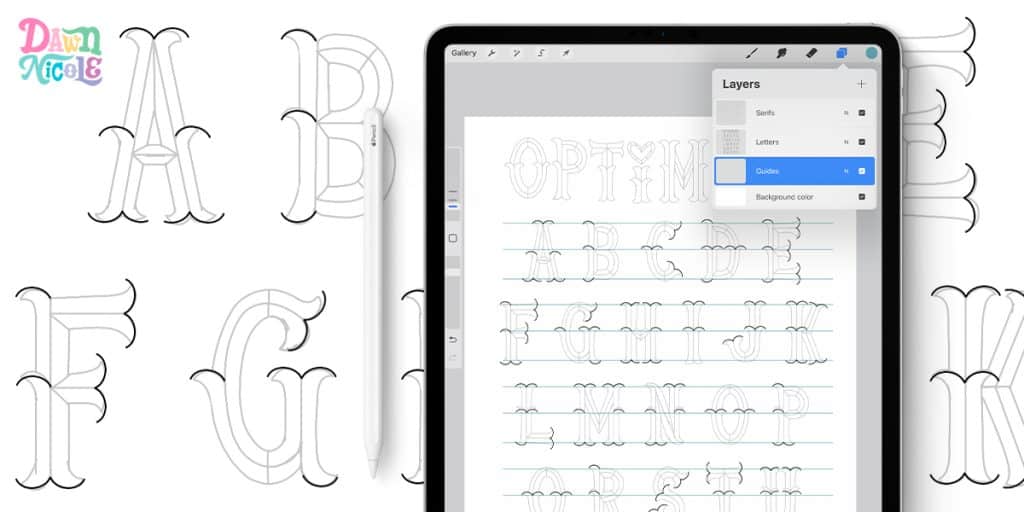
No. 7: Repeat No. 6 AS NEEDED.
I usually Revise and Refine three or more times when I create a new lettering style. When I’m happy with my final sketch, I make one final version of the lettering style with clean lines and connections.
Friendly Reminder
Remember, the goal is to be original, not copy other people’s work!
I highly recommend reading Austin Kleon’s book Steal Like an Artist. This Good Theft vs. Bad Theft chart from the book is just one helpful example of learning how to be inspired by things and not copy them.
SEE MORE LETTERING STYLES IN MY BOOKS!
In addition to learning a basic Sans Serif, Serif, and Script lettering style, you can learn all ten styles (shown below) in my book, The Art of Playful Lettering. It’s a great place to start if you’re new to lettering, want to develop your current skills, or are still trying to define your personal style.
Book two, my Modern Folk Art Coloring Book, is out on December 28, 2024. It’s a coloring book but includes plenty of fun lettering styles in the designs to inspire you!
My upcoming book (number three!) will have ten more fantastic styles when it hits shelves in the late Summer of 2025!
Stay tuned for the title and cover reveal soon. My deadline is January 15, and I’m very close to completing all the artwork and content.
 Happy creating!
Happy creating!
I hope you enjoyed these tips for drawing original lettering styles.
Do you have any additional tips?
Let me know in the comments!
LET’S CONNECT
Facebook // Pinterest // Instagram // Shop
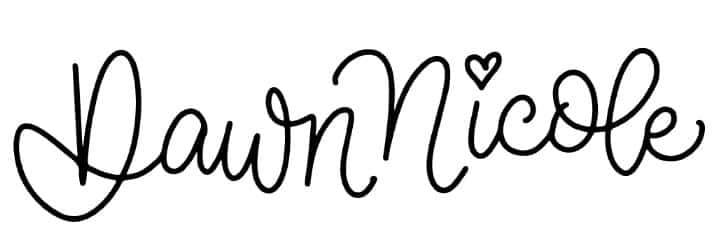
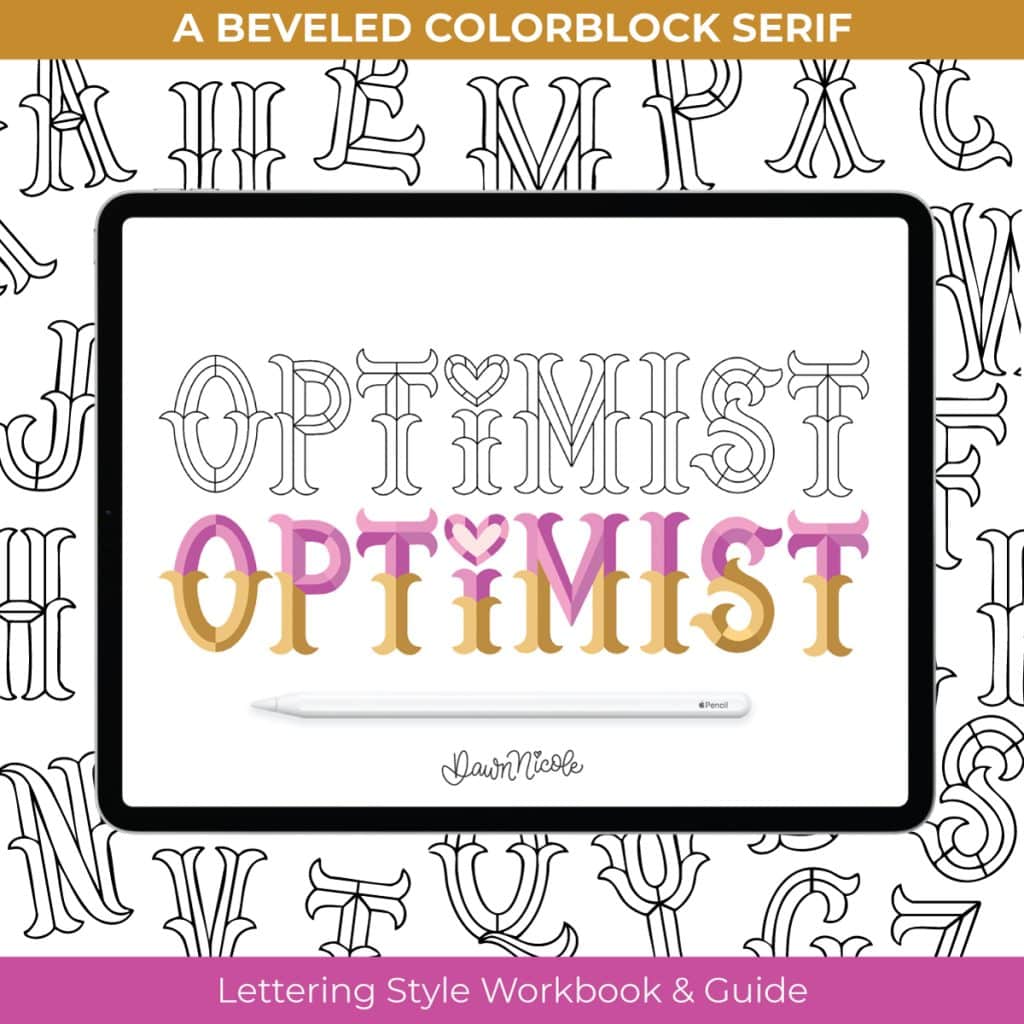
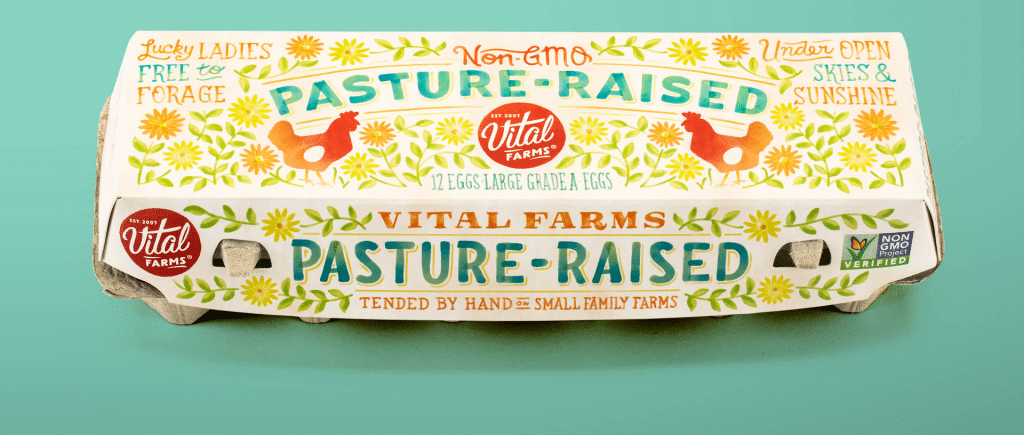
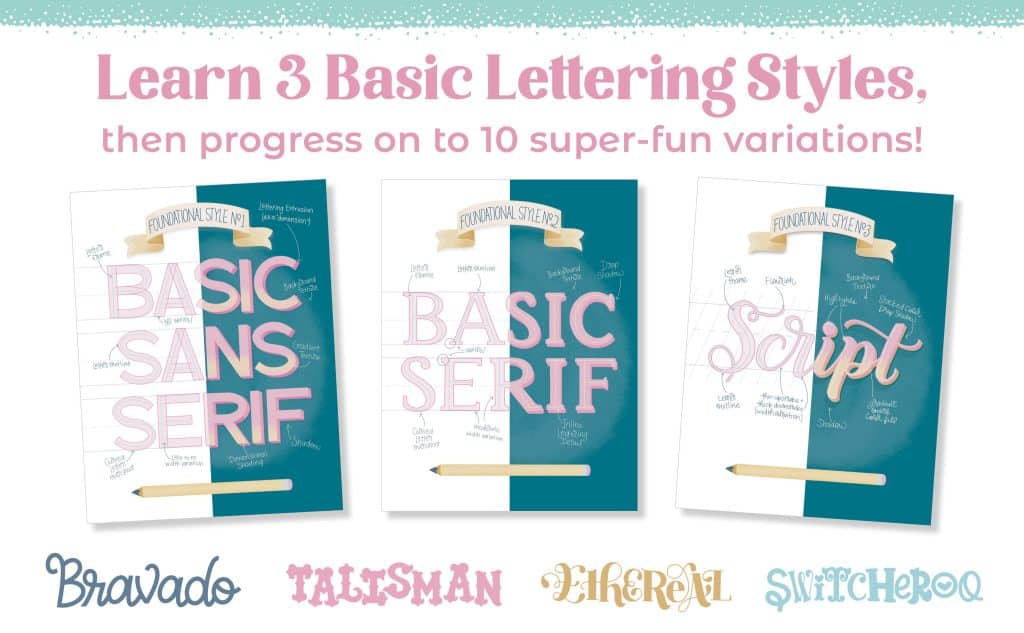
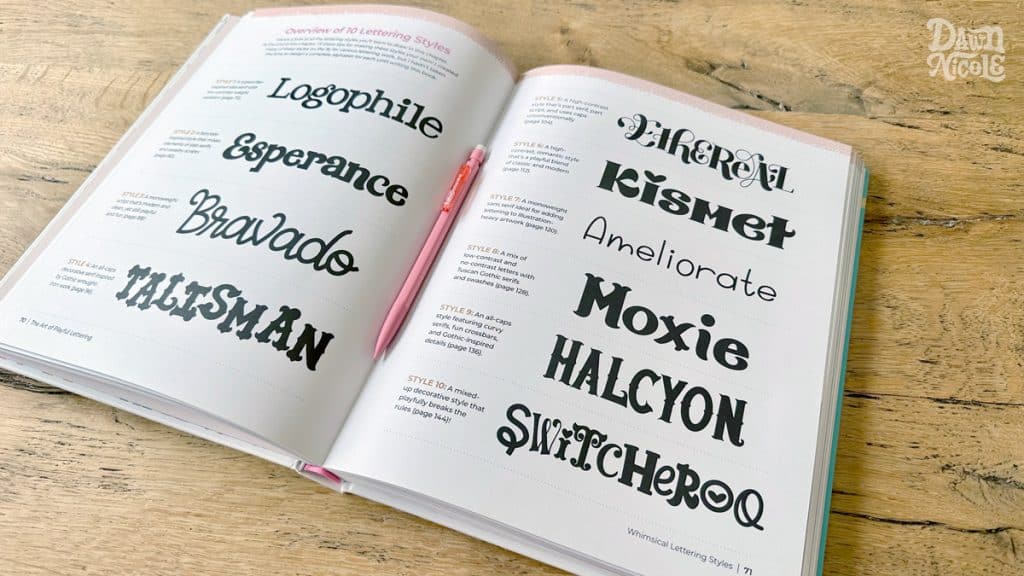
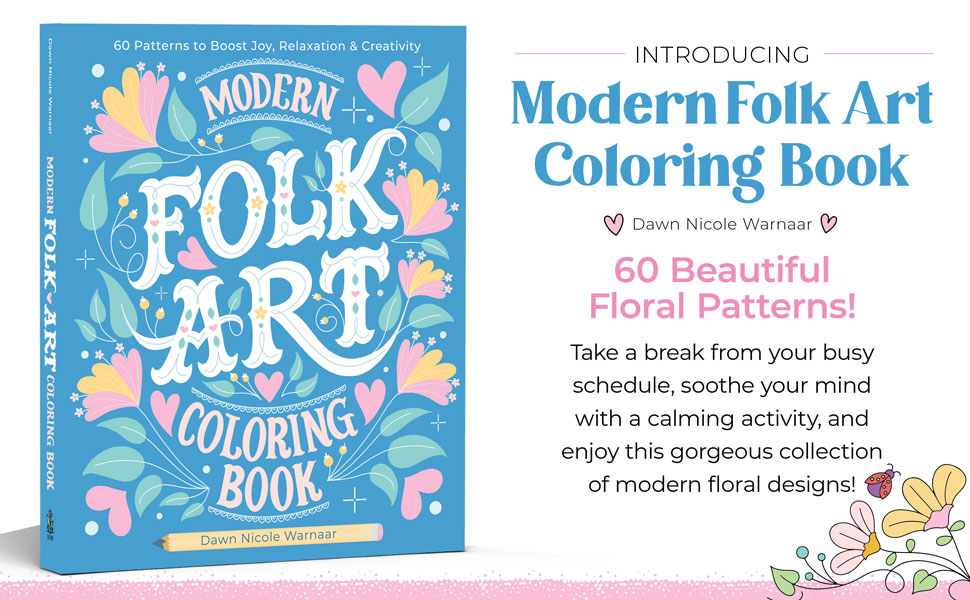
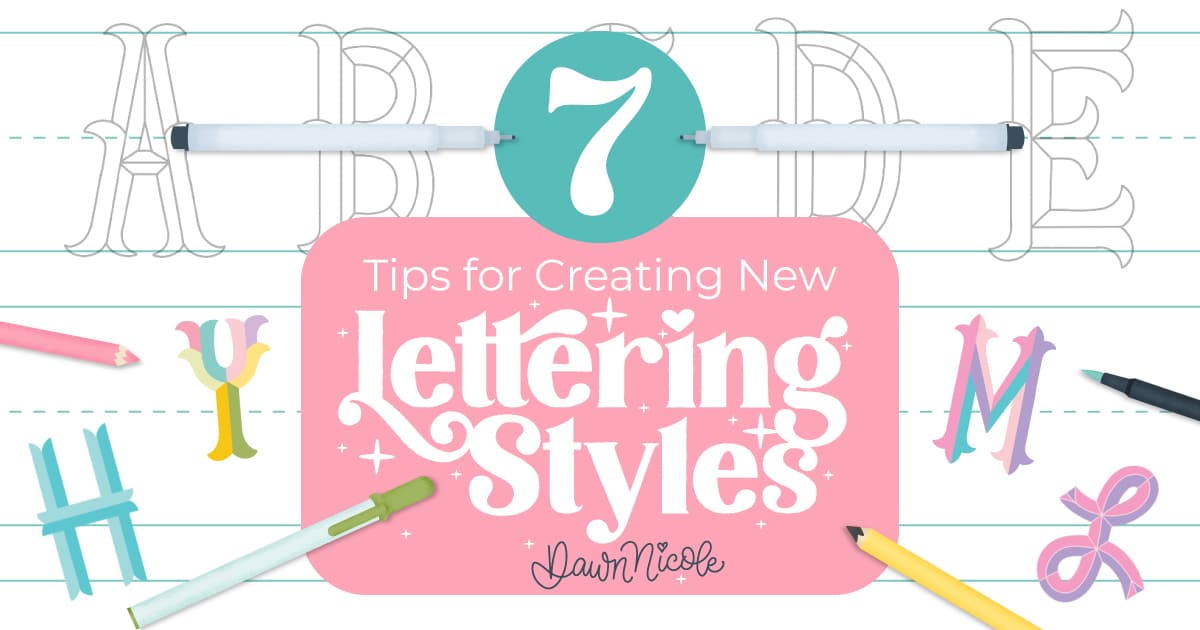 Happy creating!
Happy creating!

